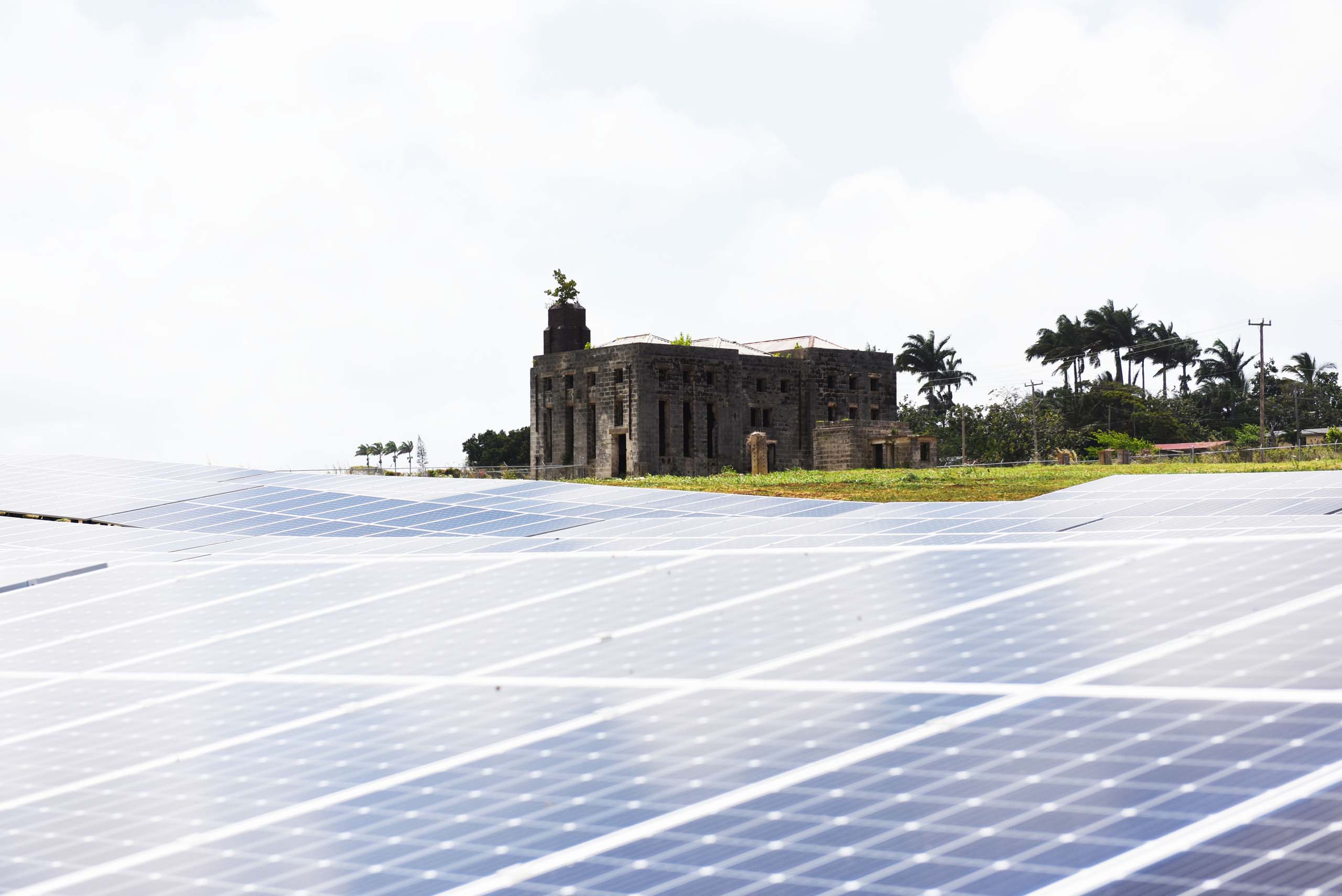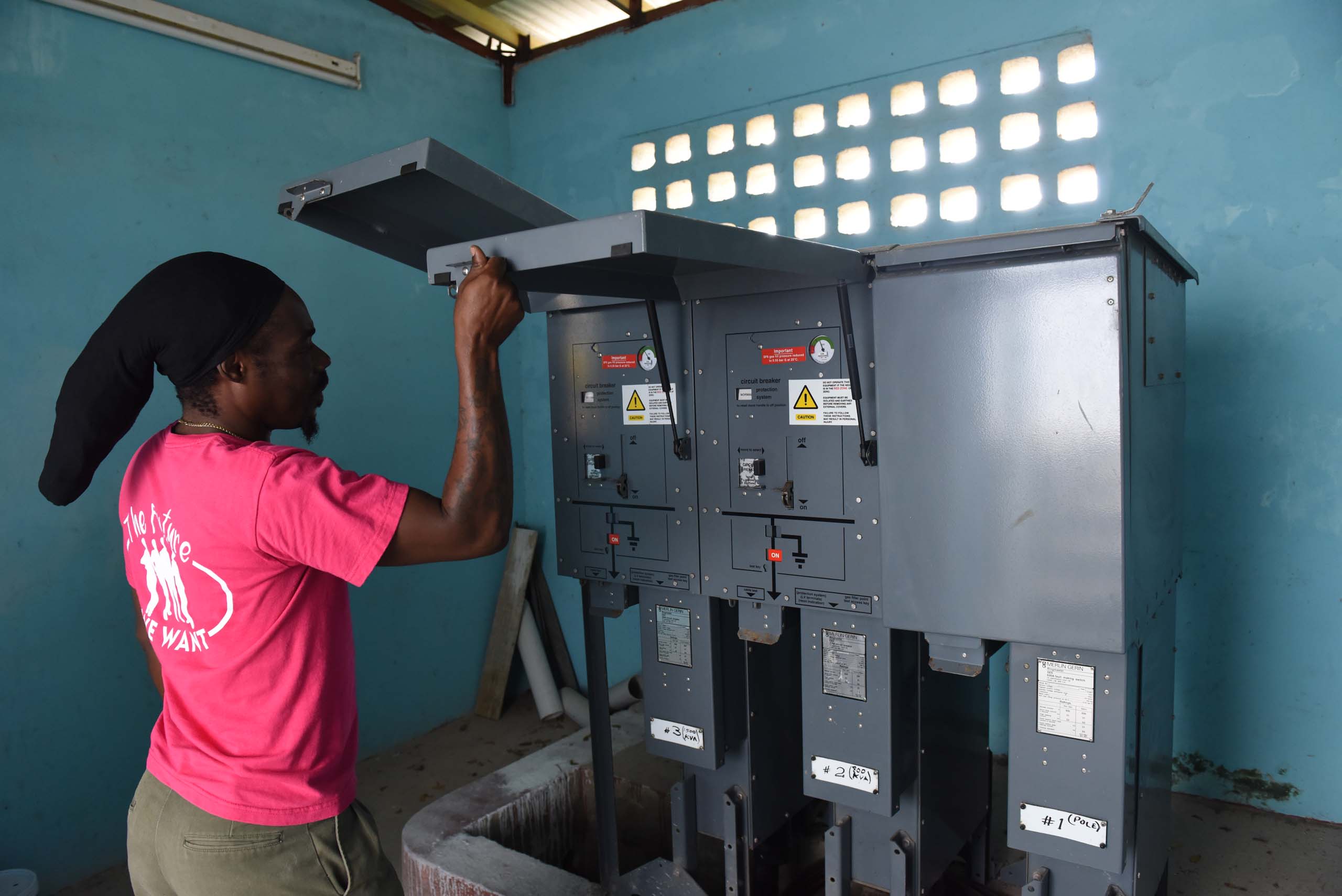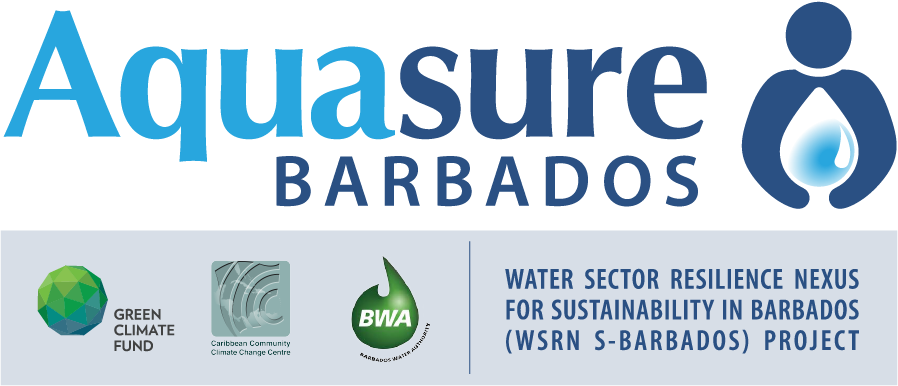GCF is supporting greater resilience and adaptation to climate change, and low carbon transformation for Small Island Developing States (SIDS) are particularly vulnerable to the impacts of climate change, even though they play very little role in creating the emissions that are causing the climate crisis. SIDS are threatened by many climate factors, including increasingly severe hurricanes and tropical storms, rising sea levels, and more frequent and long-lasting droughts.
Access to clean, safe water is essential to life. Climate change threatens the availability of water on many islands. A key part of climate resilience is safeguarding the water system. Water scarcity is a major issue, and interruptions to water supply in the wake of devastating hurricanes and storms puts the lives of local communities at risk.
The Green Climate Fund (GCF), the Caribbean Community Climate Change Centre (CCCCC) and the Barbados Water Authority (BWA) are working together to transform the water sector in Barbados through the Water Sector Resilience Nexus for Sustainability in Barbados (FP060: WSRN S-Barbados) project.
Barbados’ water infrastructure is ageing and in urgent need of upgrade to create a resilient system that can respond to the impacts of climate change. BWA buildings and the mains water pipes themselves date back as far as 1850, to British rule over the island.
Booster pumps at Hampton pumping station
Supplying the island’s water needs is a real challenge, which is becoming more difficult as saltwater infiltrates freshwater caves and the freshwater underground aquifer lens, reducing further the fresh water supply. Climate change is also increasing the severity of extreme weather events. Tropical storms create more problems, often resulting in water insecurity for islanders.
Water needs power to be distributed. In Barbados the BWA is the largest electricity user on the island, consuming 10% of the nation’s power generation. The Belle pumping station supplies nearly half of the island’s water needs, giving crucial access to water on an island that is classified within the fifteen most water scarce countries in the world.
Whilst the water pumping system is now powered by the electricity grid, Belle pumping station still houses a derelict steam-powered pump, in use up until 1946. But now the station is moving into a new era of green power.
With support from GCF, CCCCC and BWA are now partnering to install solar PV at pumping stations, providing renewable power to support Barbados’ water distribution needs. The project is funding new PV installations at Belle (2MW), Hampton (2MW), and Bowmanston (0.5MW) pumping stations, as well as micro-gas turbines for back-up power.

New PV panels installed at Bowmanston pumping station
The solar power and micro-gas turbines provide resilient back-up in case of grid outages. The electricity grid struggles to meet demand under normal conditions so that some parts of the island experience frequent power outages.

Engineer Chase Ashby checks the circuit breakers at Bowmanston
Power cuts are frequent during tropical storms, which then impact upon water distribution, threatening water supply across the island. In the aftermath of a tropical storm or hurricane, lack of access to water can prove deadly, and greatly magnifies the impact of extreme weather events.
Vulnerable households with elderly people and those with disabilities, as well as schools, hospitals, and local businesses, are all threatened by water shortages.

